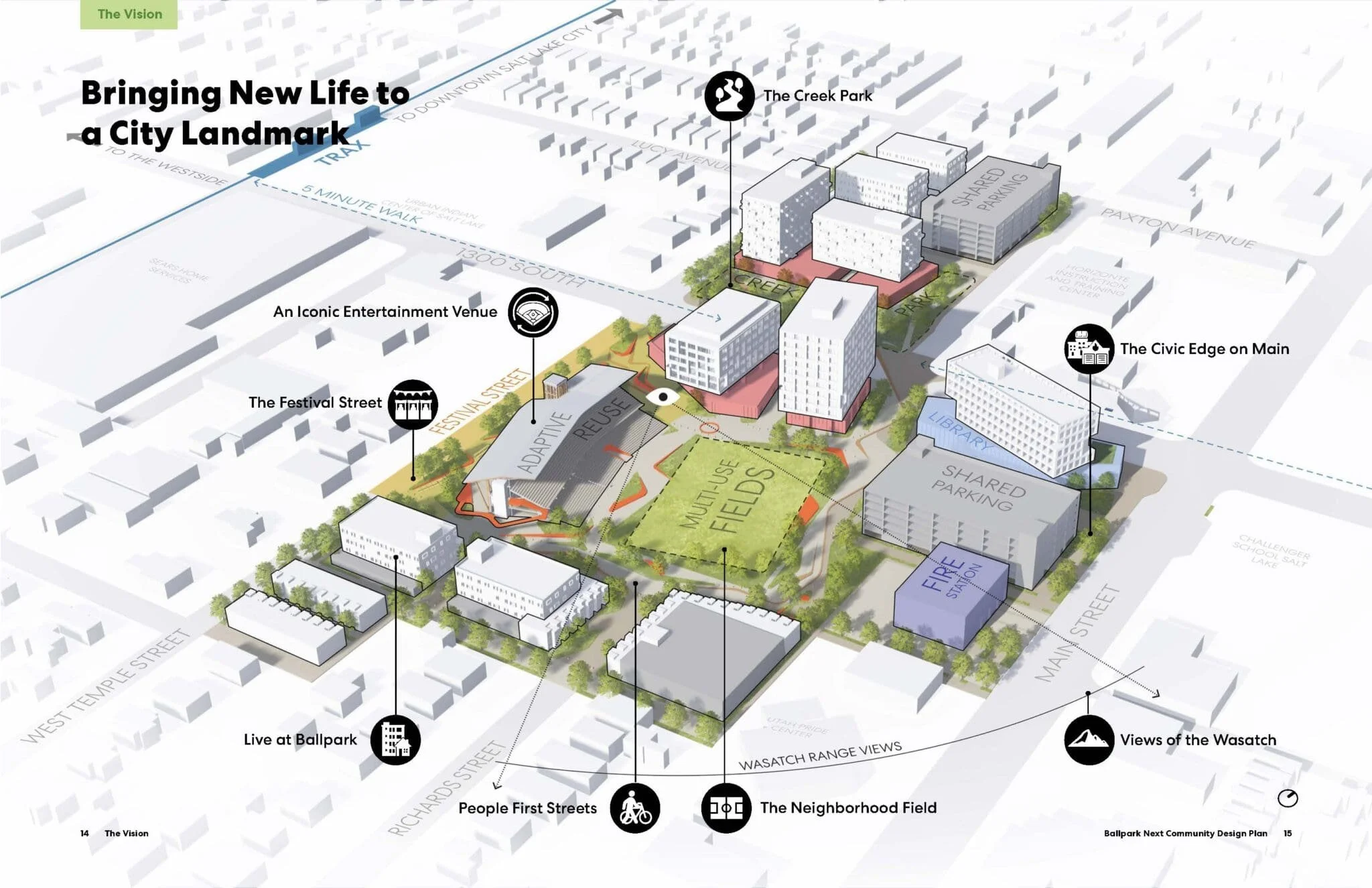CRSA & Team to Lead Folsom Corridor Daylighting
Authored by Jess Lofland
CRSA, BIO-WEST, and Avenue Consultants, in partnership with the Seven Canyons Trust and Salt Lake City Redevelopment Agency, will lead the Folsom Corridor City Creek Daylighting Design Master Plan. This process will set in motion a community-supported vision to daylight City Creek through the Folsom Corridor.
We are excited to announce CRSA, BIO-WEST, and Avenue Consultants, will work collaboratively with our organization and the Salt Lake City Redevelopment Agency to provide a comprehensive plan to uncover City Creek through the Folsom Corridor.
Salt Lake City has long had a vision for improving this former rail right-of-way. Residents and business owners in this neighborhood deserve access to high-quality open spaces and destinations. The daylighting of City Creek in the Folsom Corridor is an opportunity to create a high-quality amenity, thriving ecological asset, and important community connection.
CRSA is a multi-disciplinary design and planning firm based in Salt Lake City with a rich history of collaboration with communities across the Wasatch Front. To meet the technical needs of this project, CRSA teamed with BIO-WEST and Avenue Consultants to bring additional experience in hydrology, environmental analysis, engineering, and community engagement.
The team comes with impressive experience. In partnership with Salt Lake City and South Salt Lake, CRSA designed the S Line Streetcar and the parallel Parleys Trail, a 2.2-mile greenway through a former rail right-of-way. BIO-WEST designed the Three Creeks Confluence, a 200-foot daylighting of Red Butte, Emigration, and Parleys Creeks where they meet the Jordan River.
The Seven Canyons Trust will serve as a co-consultant, assisting with administration, community engagement, and placemaking. We will work collaboratively with partners, community members, and other stakeholders to ensure a high-quality community-based vision that sets the stage for implementation.
Running from the North Temple FrontRunner commuter rail station to the Jordan River Trail, the Folsom Trail creates a safe, comfortable connection for access, recreation, celebration, learning, and enjoyment. The restored City Creek will improve water quality, access to nature, and flooding. Integrated art and green space will activate the corridor. Balancing preservation and new holistic, mixed-use development will protect the character of the neighborhood, while diversifying housing, jobs, and entertainment.
The Folsom Corridor Daylighting Plan will take place over a 12-month period in three phases.
Phase 01. Existing Conditions & Technical Analysis
Existing conditions and data gaps identified in the City Creek Daylighting Feasibility Study will be the starting point for this phase. Additional technical analysis will inform feasible design alternatives for creating a City Creek channel in the Folsom Corridor from 800 West to 1000 West. An Existing Conditions & Technical Analysis Report will summarize findings.
Phase 02. Community Engagement & Public Vision
Community engagement will inform design elements for Folsom Corridor City Creek Daylighting Design Master Plan. Community engagement will be equitable and include efforts to gather input from historically under-represented populations, those who live or own a business near the corridor, and those who may be most likely to visit the corridor. Creative community engagement strategies will be key to ensuring equity in outreach and to gather thoughts, ideas, and visions for the future Folsom Corridor. An Engagement Summary Report will summarize findings.
Phase 03. Design Master Plan, Opinion of Probable Costs, & Maintenance Plan
Informed by evaluation of existing conditions and technical analysis, the stream channel and amenities will be refined using public and stakeholder input and established City goals. The Folsom Corridor City Creek Daylighting Master Plan will bring the project to 40 percent construction-level drawings. The plan will include the background and existing conditions, benefits, community outreach and feedback, preliminary design, cost estimates, funding sources, and a maintenance plan. Efforts will bring the project to the implementation phase.




